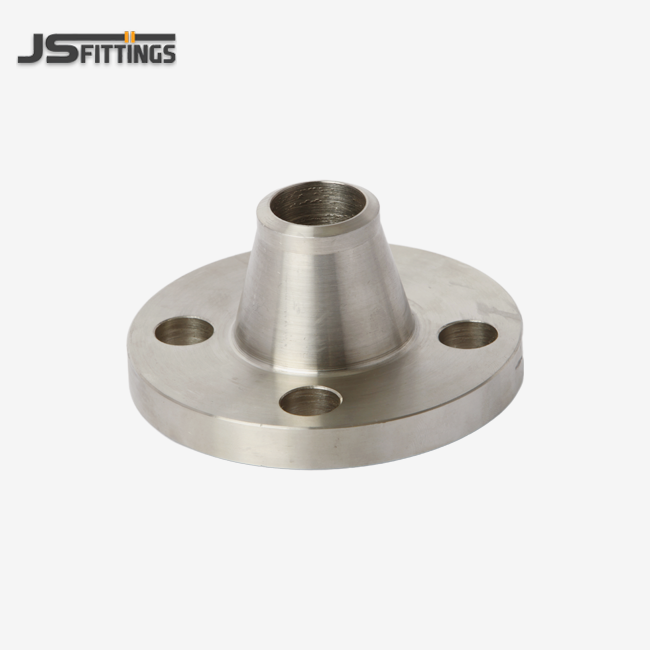Stainless steel tube flange systems are the most important part of modern industrial piping systems because they are so strong and work well in a wide range of situations. As we move into 2025, these important pipe fitting parts keep changing thanks to better technical standards, better materials, and better ways of making them. Whether you're managing major EPC contracts or just doing periodic facility improvements, it's important to understand how to choose, install, and maintain flanges correctly. This complete handbook covers all that professionals in the field need to know about making their flange connections as reliable and cost-effective as possible.
Getting to know the basics of stainless steel tube flanges
Modern industrial uses need strong connections that can handle harsh conditions without breaking down. Stainless steel flanges are great in places where resistance to corrosion, stability at high temperatures, and mechanical strength are very important. These specific pipe fitting parts make sure that couplings between pipes, equipment, and valves are strong and safe.
These flanges are great for chemical processing, oil and gas operations, and making drugs because of the way stainless steel is made. Depending on how much exposure to the environment and how well they work with chemicals, grade 304 and 316 stainless steel types have different benefits. Engineers can choose the right requirements for their projects if they know how these materials are different.
The size and pressure ratings of flanges have a direct effect on how well a system works and how safe it is. ANSI flange standards give clear guidelines that make sure that different manufacturers and installations can work with each other. Proper size keeps you in line with industry rules and avoids expensive rework.
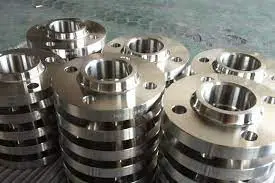
Important Types and Setups
The tapered hub construction of weld neck flanges makes them stronger than other types of flanges. This setup spreads stress evenly over the pipe wall, making them good for high-pressure uses and important service conditions. The progressive change from pipe to flange reduces the number of places where stress builds up.
Slip-on flange variations are easier to install and cost less in systems with lower pressure. These parts fit over the outside of the pipe and need to be fillet welded on both sides. Their simplified design cuts save on material costs while yet being good enough for many industrial uses.
Socket weld flange arrangements work well in applications with smaller diameters when space and weight are important. The way the socket is made makes the inside of it smooth, which cuts down on turbulence and pressure drops. This functionality is very helpful for systems that deal with thick liquids or need very specific flow characteristics.
Blind flange parts can be used to permanently or temporarily close off piping systems. Their strong design makes it easy to get to them for maintenance while keeping them completely separate. Lap joint flange assemblies and stub ends work together to make cheap solutions for situations where things need to be taken apart often.
For specialized needs, such as corrosion resistance in aggressive environments, stainless steel tube flange options are increasingly popular, providing durability and reliability across various industries.
Important Factors to Consider When Choosing for Industrial Uses
The most important thing to think about when choosing a safe flange is its pressure rating. To keep safety margins and allow for pressure spikes, operating pressures must be substantially below the rated capacity. Changes in temperature impact both pressure ratings and the qualities of materials, thus it's important to carefully look at the circumstances of operation.
The way the flange face is set up has a big effect on how well it seals and how often it needs to be maintained. Standard gasket materials work well with raised face flange designs to make sure they seal well. Flat face shapes work well with glass-lined equipment and some types of valve connections. Ring joint faces can hold metal gaskets for very tough situations.
When choosing a flange gasket, it's important to make sure that the material is compatible with the process fluids and the temperatures at which it will be used. To make sure that connections are leak-proof throughout their service life, the right gasket compression and surface finish standards must be followed. Flange bolt specs must provide for enough clamping force while also being able to withstand damage from the environment.
When integrating equipment from multiple manufacturers, dimensional correctness is very important. Flange standards make sure that parts may be swapped out, but quality control during manufacture impacts how well the parts fit and how easy they are to put together. Correct surface preparation and machining tolerances keep things from being hard to put together and from breaking too soon.
Standards for quality and rules for compliance
International flange standards set the rules to ensure consistent quality and performance across global markets. Most industrial uses of ASME B16.5 specifications include pressure-temperature ratings, dimensions, and testing requirements. These standards ensure that parts from different sources, including stainless steel tube flange, work together safely and efficiently.
Material certification criteria check that the chemical makeup and mechanical qualities meet the required grades. Mill test certificates show that the product meets the necessary standards and can be used to track quality assurance procedures. Third-party testing confirms important traits like toughness against impacts and resistance to corrosion.
Quality control in manufacturing includes checking dimensions, verifying surface finish, and testing pressure. Non-destructive testing procedures find flaws inside that could impair performance. Following the rules and specifications for a project means keeping good records.
Installation certification usually needs professional welding operators and qualified welding techniques. To make sure that connections are strong, the junction must be prepared properly, the welding must be done correctly, and the weld must be checked when it is done. Keeping records of these steps meets quality assurance standards and protects against liability.
Best practices for installation and common problems
Properly aligning the flanges stops the gasket from failing too soon and lowers the tension on the bolts. Parallel flange faces spread the compression of the gasket equally and lower the chance of leaks. Using alignment tools and taking precise measurements during assembly eliminates expensive rework and system downtime.
The order in which you tighten the bolts affects how the gaskets compress and how strong the joints are. Cross-pattern tightening spreads the weight evenly and keeps the gasket from becoming out of shape. Torque standards need to take into account the type of bolt, the condition of the threads, and the effects of lubrication. If you tighten too much, you can damage gaskets or flanges. If you don't tighten enough, you can leak.
To keep things from warping and to keep them from rusting, welding methods need to carefully manage the amount of heat they use. Preparing the junction correctly gets rid of any dirt that could affect the quality of the weld. You might need to heat treat the weld after it is done if the portions are thick or the application is under a lot of stress.
Testing the system pressure checks the quality of the installation and finds any problems that might come up before the system goes live. Hydrostatic testing is the most reliable way to check the integrity of a joint. Keeping accurate records of test findings meets regulatory standards and gives you baseline data for future maintenance.
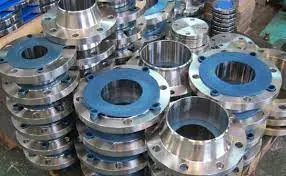
Management of maintenance and the lifecycle
Regular inspections help find faults before they cause the system to break down. You can see corrosion, mechanical damage, or gasket wear and tear with a visual inspection. Leak detection programs keep an eye on the integrity of joints and make sure they follow environmental rules.
The time between replacing gaskets depends on how they are used and how well they work with other materials. Planned replacement schedules cut down on unplanned downtime and lower maintenance expenses. If you store and handle gaskets correctly, they won't get dirty or break down too soon.
The condition of the flange face has a direct effect on how well the seal works and how long the gasket lasts. If you don't handle or maintain anything correctly, it can harm the surface and need to be fixed or replaced by a professional. Taking precautions during maintenance keeps things from breaking and makes them last longer.
Records of maintenance work provide valuable insights for improving schedules and pinpointing areas needing attention. Trending analysis helps predict potential failures and optimize maintenance resources. Keeping detailed records also supports warranty claims and regulatory compliance, particularly when dealing with components like stainless steel tube flange.
Ways to Cut Costs
The total cost of ownership includes the price of the item when it is first bought, the cost of installation, and the cost of maintenance over the life of the item. Higher-quality parts frequently last longer and need less maintenance, which means they are worth more in the long run. Standardizing on trusted suppliers makes buying things easier and lowers inventory costs.
Bulk buying can lower the cost per item while making sure that quality and delivery times stay the same. Long-term relationships with suppliers give you access to technical support and lower prices. Strategies for managing inventory find a balance between the costs of keeping items in stock and the need for them to be available.
You can use life cycle cost analysis to compare different grades and specifications of materials. Higher initial expenses may be worth it if the service life is longer or the maintenance needs are lower. Economic evaluations also take into account the cost of energy that comes from pressure drops and pumping losses.
Standardization systems make it easier to keep track of stock and do maintenance. Having the same standards for all projects makes it easier to buy in bulk and cuts down on the need for training. Approved vendor lists help keep prices low while making sure that quality stays the same.
In conclusion,Stainless steel tube flanges are still very important for reliable industrial piping systems. Choosing, installing, and maintaining them all require careful attention. To be successful, you need to know how the qualities of materials, design standards, and operational conditions all work together. Good suppliers, following the right steps for installation, and regular maintenance programs all help keep things running smoothly for as long as possible. As industrial applications become more difficult, it is important to work with experienced manufacturers to make sure that projects are successful and operations are reliable.
For reliable stainless steel tube flange solutions, work with JS FITTINGS
Choosing the proper supplier for stainless steel tube flanges has a direct effect on the success of the project and the costs of running the business in the long run. JS FITTINGS delivers almost four decades of manufacturing expertise to every flange connection, integrating advanced production capabilities with stringent quality control systems. We are committed to meeting worldwide quality standards, as shown by our ISO 9001, CE, and GOST-R certifications.
We provide a wide choice of products that cover all the main types and requirements of flanges, from basic ANSI setups to custom-engineered solutions. Advanced production methods make sure that the dimensions are correct and the surfaces are smooth, which improves sealing performance and extends service life. Before being sent out, each part is carefully tested and checked.
Technical support services assist you choose the best flange for your individual needs and operating conditions. Our engineers work with clients to solve difficult installation problems and lower the risks of projects. Pricing that is competitive helps people stay within their budgets while yet meeting high quality requirements.
Global distribution capabilities make ensuring that deliveries to project sites around the world are on time, which helps keep construction schedules tight and lowers the cost of storing inventory. If you need a reliable stainless steel tube flange maker for big projects or dependable supply partners for continuous operations, get in touch with us at admin@chinajsgj.com to talk about your needs and find out how our knowledge can help your project succeed.
References
1. ASME B16.5-2020: Pipe Flanges and Flanged Fittings: Metric/Inch Standard for NPS 1/2 to NPS 24. The American Society of Mechanical Engineers, New York, 2020.
2. Bickford, John H. "Gaskets and Gasketed Joints, Second Edition." CRC Press, Boca Raton, 2016.
3. Brown, William C. "Flanges: Selection, Installation and Maintenance in Chemical Process Industries." McGraw-Hill Professional, New York, 2019.
4. "ISO 7005-1:2011" from the International Organization for Standardization Part 1: Steel flanges for metallic flanges. 2011, Geneva, Switzerland.
5. Mohitpour, Mohammad, and others "Pipeline Design & Construction: A Practical Approach, Third Edition." New York: ASME Press, 2017.
6. "Stainless Steel Piping Systems: Design, Installation, and Maintenance" by Peter R. Smith. South Norwalk, 2018, by Industrial Press.
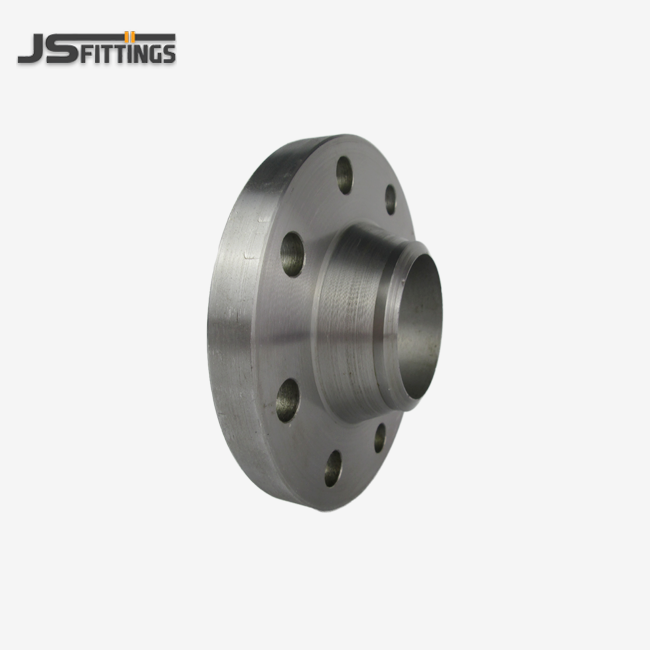
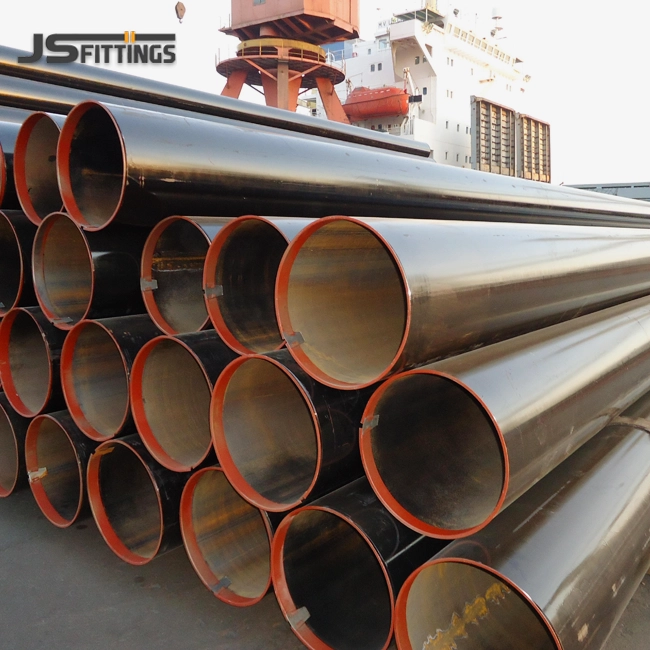
_1758177519500.webp)
